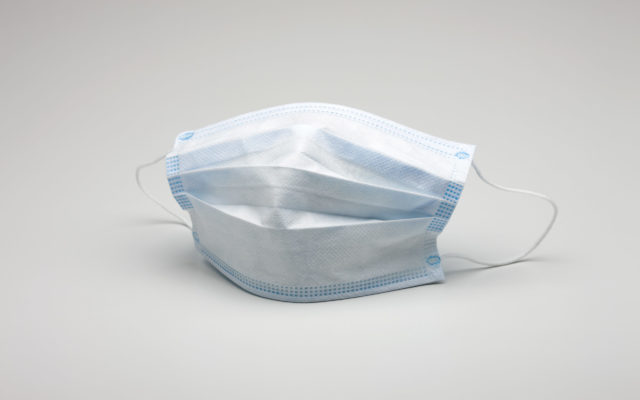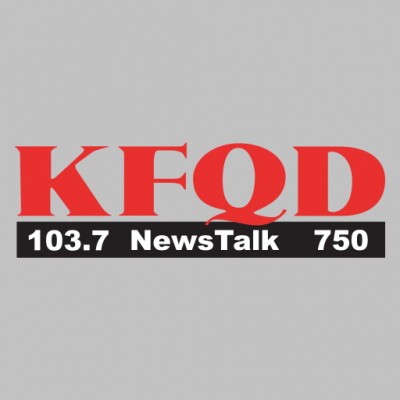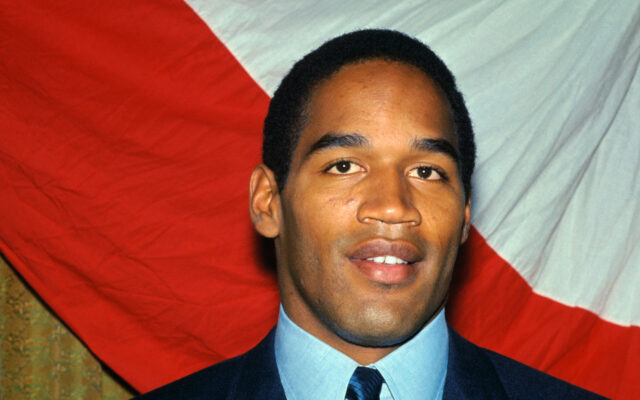Schools confront more polarization with mask rules for fall

Students in Wichita, Kansas, public schools can ditch the masks when classes begin. Detroit public schools will probably require them only for the unvaccinated. In Pittsburgh, masks will likely be required regardless of vaccination status. And in some states, schools cannot mandate face coverings under any circumstances.
With COVID-19 cases soaring nationwide, school districts across the U.S. are yet again confronting the realities of a polarized country and the lingering pandemic as they navigate mask requirements, vaccine rules and social distancing requirements for the fast-approaching new school year.
The spread of the delta variant and the deep political divisions over the outbreak have complicated decisions in districts from coast to coast. In a handful of conservative states, lawmakers have banned districts from requiring masks despite outcry from medical professionals. Schools are weighing a variety of plans to manage junior high and middle school classrooms filled with both vaccinated and unvaccinated students.
“I’m so frustrated that it’s become a political issue because it shouldn’t be. It’s science,” said Mary Tuttle, an Indianapolis woman who operates an in-home day care center and has watched the debate in her state over vaccines and masks.
Her two young daughters will wear masks when they start school, regardless of whether schools require them. She worries that the delta variant could lead to a return to in-home learning, which caused her 10-year-old daughter to become depressed and anxious last year. The Indianapolis district has not yet announced its mask policy.
“Emotionally, she really needed to be in school,” Tuttle said, adding that her daughter will be vaccinated as soon as the shot is approved for her age group. Another daughter will turn 12 six days after starting 6th grade and will be vaccinated as soon as possible.
The vaccine has not been approved for children under 12. If it shown to be safe and effective for younger ages, vaccine manufacturers may seek emergency authorization sometime this fall or winter.
Jenny Grinager, from Templeton, California, does not like masks and got a mask exemption for her 8-year-old son because he has attention-deficit hyperactivity disorder and autism. She said her son struggles to communicate with people who wear masks because he’s unable to see their facial expressions. Last year, he said he didn’t have any friends in class and was lonely.
“For him, it is the relationship, the interaction that causes him to remember who somebody is,” said Grinager, who also does not believe in vaccines. She notes that children are less likely to get seriously ill with COVID-19, and she has not been vaccinated.
American Federation of Teachers President Randi Weingarten said the fact that some states refuse to allow mask requirements “is just plain wrong.” She said the organization has embraced recommendations from the Centers for Disease Control and Prevention, including masking for those who are not vaccinated and other mitigation steps such as 3-feet physical distancing, ventilation and testing.
But masking policies across the country are “all over the board,” regardless of who is setting them, said James Minichello, of the American Association of School Administrators.
School officials say decisions about whether to require masks have been complicated not only by community pressure and the delta variant but also conflicting advice from public health officials.
The American Academy of Pediatrics on Monday recommended universal masking in schools, even for those who are vaccinated against the virus that causes COVID-19. The CDC earlier this month recommended mask-wearing indoors only for students and staff who are not fully vaccinated.
“It’s frustrating. Parents hear that these are recommendations, and it becomes a delicate dance” because of differing opinions, said Steve Matthews, superintendent of Novi Community Schools, outside Detroit.
He will probably recommend that the school board make masking optional, although he worries about the potential for outbreaks because people are gathering for sporting events, family reunions and other activities.
“It would be very helpful if there was agreement among the medical community what the approach should be,” Matthews said. When everyone wore masks last year, “it created a sense of community, a sense that we’re all in this together. Now it ends up dividing people.”
That’s part of the reason the academy recommended universal masking in schools, said Dr. Sonja O’Leary, chair of the academy’s Council on School Health.
“People just wanted it to be clearer, masks or no masks,” said O’Leary. She said data show COVID-19 infections have not been rampant in U.S. schools, but many students are not yet eligible for vaccination and “we know masks do curb transmission.” What’s more, keeping track of who has had shots and who has not may be tough for schools.
Public schools should start out with masks and then reconsider the requirement once hospitalization rates fall below five per 100,000 people and at least two-thirds of adults have received at least one dose of COVID-19 vaccine, said Dr. Monica Gandhi, an infectious disease doctor and professor of medicine at the University of California-San Francisco. She called the recommendation a compromise that would allow schools to shift policy.
“Based on those parameters, no red state can start now without masks … not based on what we have calculated,” Gandhi said, although she knows some of them will do so anyway.
In Detroit public schools, everyone will likely be required to wear a mask unless an entire room is vaccinated. Officials are developing an identification system, perhaps by wearing lanyards, Superintendent Nikolai Vitti said.
In Pittsburgh, administrators are proposing that all public school students and staff be required to wear masks indoors when classes resume, because students under 12 cannot yet get vaccinated, “and there are concerns around unknowns from the variant,” spokeswoman Ebony R. Pugh said. Universal masking also protects the privacy of older students who have not been vaccinated, she said.
In Kansas, most schoolchildren and teachers will not be required to wear masks. The state’s largest district, Wichita, made masks optional starting July 6 and surveyed parents before announcing its reopening plan, said Wichita Public Schools spokeswoman Susan Arensman.
“A lot of them, their big talking points were about the emotional well-being of students and staff,” Arensman said. “They still wanted kids to be safe, but they also wanted kids to be back to normal.”
In Madison, Wisconsin, Sarah Jedd plans to send her 15- and 13-year old sons back to classes because both are vaccinated, but she will home-school her 9-year-old son and 8-year-old daughter if masks are not required. The district is expected to announce its decision later this week.
“I’m just really concerned about (them) being inside a school building with lots and lots of kids with no masks on while they’re too young to be vaccinated,” Jedd said.
Jacky Frechette, who has a son who’s vaccinated and a 4-year-old who isn’t, said every Madison student should be required to wear a mask rather than having different rules for the vaccinated and unvaccinated, especially when people can so easily lie about it.
“It’s sad (wearing masks) has become so divisive that we’ve put our political thoughts and feelings above what experts say,” she said.



